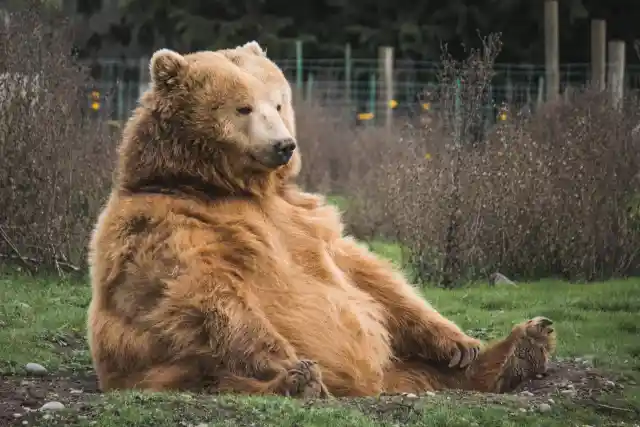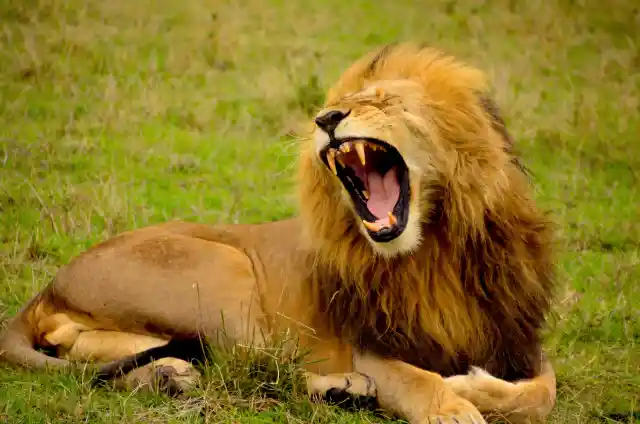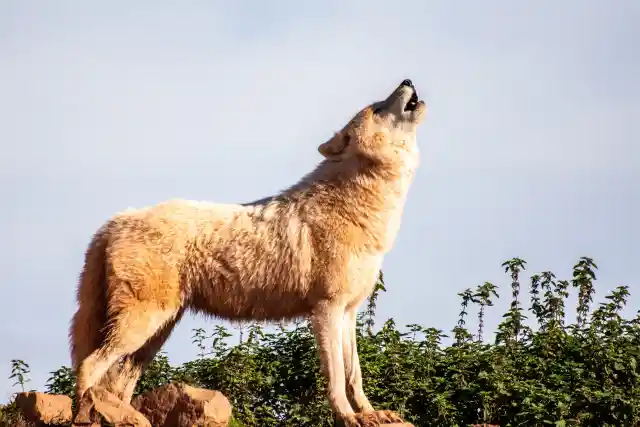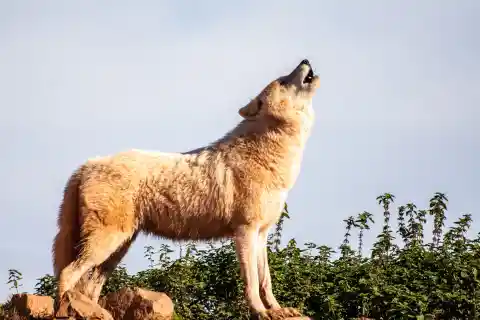Every person has their own distinct sleeping patterns and preferences. Some of us like to get a head start on the day by waking up early, while others like to press the snooze button and have a leisurely morning.
And some of us remain up till the wee hours of the morning when it comes to going to bed, while others go to bed and get up early.


These behaviors are characterized as "chronotypes," or the distinct circadian rhythms that determine individual degrees of wakefulness and engagement throughout the day.
The word "Chrono" stands for "relates to time," and "type" stands for the way chronotypes are classified: the lion, the dolphin, the wolf, and the bar. Each of these creatures represents a specific sort of person and their level of activity.
It's better to work with your chronotype than to try to force your body to follow a timetable that doesn't suit its natural rhythm. Understanding your chronotype can improve your productivity and give you a better understanding of your body's demands.
Which sleep animal are you? Bear
The most common kind of sleeping animal is the bear. The bear chronotype needs a full eight hours of sleep and rises and sets with the sun. Real bears only do two things: hunt and sleep. If you're the sort of person that feels more energized in the morning and like to be busy early in the day, you could be a bear.


Bears can occasionally adjust their sleeping patterns to accommodate their social or work schedules. Those that identify with the bear sleep animal are outgoing during the day but need to sleep a lot at night.
Dolphin
The rarest sleep animal is the dolphin, which makes up 10% of the population. They don't get much sleep, so they wake up at the first disturbance to warn others of any danger. Dolphins are light sleepers that frequently have insomnia because they struggle to shut off their highly developed minds.


Additionally, they have a light chronotype, which means they often get up and go to bed sooner than other kinds of sleepers.
Surprisingly, actual dolphins only use half of their brains while sleeping; the other half is awake and ready to swim and watch for predators. Similar to this sleep animal, those that identify with it are often constantly attentive and prepared for anything.
Lion
True lions are top-of-the-food-chain morning hunters. This name is appropriate for motivated, morning-oriented optimists with a moderate sleep drive. This chronotype often does a ton of work before lunch, with energy levels peaking in the morning when they feel most alive.


For lions, getting up in the morning is no problem, and things usually go according to plan until noon. Energy for a lion is wasted just as quickly as it is generated. This group is most affected by the afternoon slump; they usually require a power nap to recover, and by the evening they are exhausted.
Wolf
Like wolves in real life, wolf chronotypes work their hardest at night. They have a very heavy chronotype, which means they often get up and go to bed a lot later than other kinds of sleepers do.


Due to the fact that wolves are nocturnal hunters in real life, the wolf chronotype is the most excitable and fun-loving of the group in the evening. The wolf is the sleep animal of those who are extroverted, enjoy being out late at night, and are certainly not morning people.
How to maximize your productivity based on yourchronotype? If you identify as a Bear:
Bears prefer to create a regular pattern and typically follow it. The bear concentrates best between the hours of 10 and 12 in order to finish duties. If this describes you, use this time to finish your job, and then choose to socialize later in the day.
For bears to receive the necessary full night's sleep, they must wind down by 10 pm and try to fall asleep by 11 pm.
If you identify as a Dolphin:
Dolphins perform best right before breakfast each morning when they exercise. The dolphin chronotype should aim to exercise before beginning their day. If you find yourself having a second wind in the afternoon, ensure that you make use of it.
The optimal times to finish creative and cognitively challenging work are between 10 am and 12 pm, and 4 pm and 6 pm. Dolphin sleepers benefit from beginning to unwind with relaxing activities like a hot bath or reading, then retiring to bed no earlier than 11:30 pm because they are already intellectually occupied.
If you identify as a Lion:
Lions enjoy keeping things organized and getting things done. They function best when they are prepared and structured. If you consider yourself to be a lion type, rising up around 5:30 am and doing any daily planning an hour and a half later is an excellent idea.
Plan your everyday meetings for between 10 am and 12 pm. More independent work should be done in the afternoon from 2:00 PM to 4:00 PM. Around 5 pm is the ideal time for lion types to work out, and 10 pm is the ideal time for them to go to bed.
If you identify as a Wolf:
Wolves try to avoid getting up too early since they usually feel groggy in the morning. A brief 15-minute stroll outside, on the other hand, can alert the brain that it's time to get up and inhibits the creation of melatonin, which would otherwise keep you drowsy. Harness your energy at the moment when it is greatest.
Use the hours between 4 and 6 pm, when wolves are most awake, to complete the day's most crucial activities. It is advised to steer clear of intellectually demanding tasks around 11 o'clock since you will feel awake late into the night. To unwind your body and mind before bed, turn off your digital devices or take a hot bath.